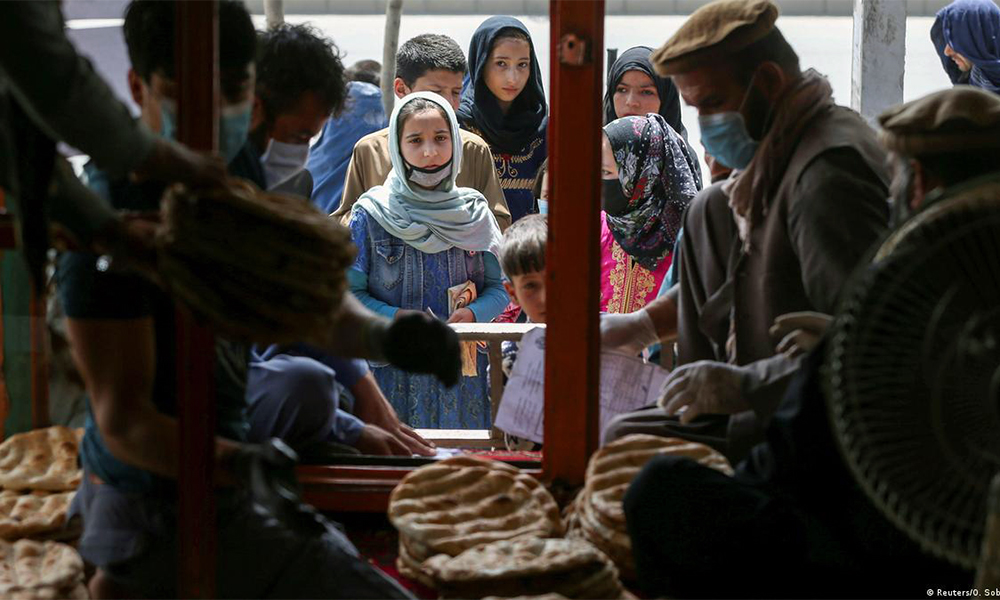Living conditions remain difficult for Afghan families as two-thirds of households in the country continue to struggle to meet basic food and non-food needs, a new World Bank survey published Tuesday found.
Conducted between June and August 2022, the second Afghanistan Welfare Monitoring Survey assessed changes in basic living conditions in Afghanistan one year after the collapse of the former government.
The survey paints a grim picture of living conditions in Afghanistan as widespread deprivation continues and food insecurity remains high, negatively impacting the economy and the welfare of the Afghan people, especially women and girls.
Around two-thirds (65 percent) of respondents believe that the economic conditions of their household will worsen over the next 12 months.
“It is deeply concerning to see that a majority of Afghan households continue to face enormous economic difficulties and that access to education – especially for girls – remains severely constrained,” said Melinda Good, World Bank Country Director for Afghanistan.
“There is an urgent need for the interim Taliban (IEA) administration to take tangible steps to improve food security and livelihoods, maintain basic health services, and ensure that the private sector can play a role to create jobs for the many Afghans, particularly young people, who are unemployed. Without this, the welfare of the Afghan people, especially women and girls, remains at risk.”
The survey found that rising food prices and the persistent effects of last year’s drought are among the main reasons for limited access to and affordability of food. “It signals more significant deprivation in the coming winter months,” the reported warned.
However, employment among household heads increased by seven percent between October 2021 and June 2022, with a slight uptick in private-sector salaried work, while public-sector employment remains much lower.
Nine percent of household heads were salaried in private-sector jobs, while more young men (ages 14-18) and older men (ages 55-65) seek work but cannot find it, fueling unemployment.
In contrast, many more women across all age groups report becoming economically active, with female labor force participation doubling relative to 2016 or 2020. Women are working predominantly in home-based self-employed activities, the report stated.
At the national level, primary school enrollment is as high as it was in 2016, primarily driven by increased enrollment of children in rural areas. In urban areas, primary school enrollment for girls and boys remains below the levels observed in 2016.
Secondary school enrollment rates for boys appear stagnant in rural areas and have declined in urban areas as older boys drop out of school to seek jobs in an increasingly difficult labor market, the survey found.
Girls’ secondary school attendance has collapsed, particularly in urban areas, from 44 and 50 percent in the summers of 2016 and 2020 respectively, to just 12 percent in the summer of 2022. “This finding is consistent with the current closure of secondary schools for girls under the interim Taliban(IEA) administration,” the report stated.
Medical services meanwhile continue to be available, as only eight percent of individuals who needed health services were unable to obtain them. Little differences in access are reported between urban and rural areas and women were able to access healthcare services, public and private, at the same rates as men, the World Bank noted.
On security, the report noted that perceptions had improved, with two-thirds of households reporting that they feel safer than a year ago. However, the same is not true in the Central and West-Central regions, where more households report feeling less safe than a year ago.













